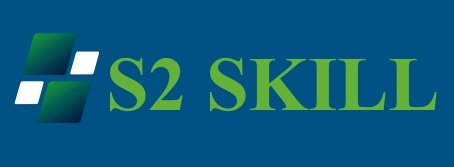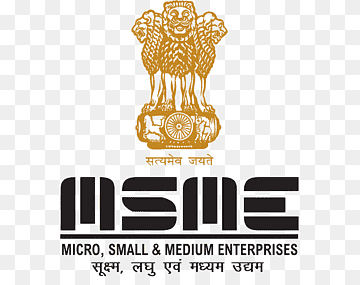Modern education is seeing a return of Vedic mathematics and the abacus learning for kids. It provides creative ways to improve mathematical learning. These antiquated methods give students the means to increase their computation accuracy, speed, and general cognitive capacity.
You need rapid problem-solving and mental clarity to thrive in an AI-dominated world. There is growing pressure on both adults and children to digest information accurately and swiftly. When it comes to developing the kind of agility required for competitive tests, traditional methods of teaching mathematics frequently fall short. Here’s where the Abacus learning for kids’ system and Vedic mathematics come in, two tried ancient methods that are making a ground-breaking resurgence in the age of digital learning.
Vedic Mathematics – India's Gift to the World

What Is Vedic Math?
The “Atharva Veda” is the source of the ancient Indian mathematical discipline known as “Vedic Mathematics.” Math, algebra, geometry, calculus, and other subjects are made simpler by its foundation of 16 sutras (formulas) and 13 sub-sutras. These mental math strategies provide quick and easy solutions to challenging issues.
Core Features
- Mental Calculation Power: Utilise mental strategies such as “Vertically and Crosswise” or “All from 9 and the last from 10” to solve equations. Multiply big numbers, or discover square roots.
- Systematic and Unified Approach: Mathematics unifies different areas of mathematics into a unified, cohesive whole.
- Flexibility in Thinking: Learning to tackle problems from several perspectives helps students gain confidence and creativity.
Benefits
Skill | Impact of Vedic Maths |
Speed & Accuracy | 70% less time is spent solving problems on competitive tests like the Olympiads, SAT, JEE, CAT, and others. |
Concentration | Mental math improves attention span because it eliminates the need for a calculator. |
Confidence Boost | Teaching children arithmetic helps reduce anxiety and makes completing challenging problems enjoyable. |
Foundation Building | Simplified approaches enhance early conceptual understanding. |
The Abacus learning for kids – Visualization Meets Calculation

What Is the Abacus?
Developed thousands of years ago, the abacus is still a common manual calculator in East Asia. Numbers and operations are represented by beads and rods, which are gradually visualised in the mind.
How It Works
Youngsters first practice addition, subtraction, multiplication, and division by physically moving beads. They eventually use a “virtual abacus learning for kids” to mentally execute computations, developing their cognitive abilities and strong visual memory.
Benefits
Skill | Impact of Abacus learning for kids |
Memory & Visualization | The brain learns to see and remember bead movements by the process of creating a strong memory. |
Left & Right Brain Activation | The brain develops holistically by using reasoning on the left and visualization on the right. |
Attention Span & Listening Skills | Children learn how to concentrate and compute using auditory instructions. |
Arithmetic Mastery | Students eventually outscore calculators in their calculations. |
Why These Methods Are the Future of Learning
Global Recognition
- The Abacus learning for kids is used in basic education in nations like China and Japan, with demonstrated success in STEM subjects.
- Vedic mathematics is becoming more popular as an alternative curriculum in progressive schools in the United Kingdom, the United States, and other nations.
Blended With Technology
- These age-old methods are now more accessible than ever thanks to Vedic maths games, apps, and online abacus platforms.
- These resources are being included into the curricula of online platforms and other EdTech businesses.
Competency for Competitive Exams
Practicing mental agility, pattern identification, and rapid recall for tests where speed is crucial can be done using Abacus and Vedic Math. These methods teach children numeric aptitude and logical thinking, leading to better performance than their peers.

Final Thoughts: Blending Tradition with Innovation
The Abacus learning for kids and Vedic Mathematics are not merely artefacts of the past; rather, they are potent, scientifically supported instruments for the future.
They address key challenges in today’s education system by:
- Making maths enjoyable and accessible
- Build students’ self-assurance and quickness.
- Promoting autonomous, imaginative, and critical thought
These antiquated techniques are leading the way as the world moves towards experiential, quick, and intelligent learning. Demonstrating that often the finest answers are still the oldest.
Conclusive Statement
Abacus learning for kids and Vedic Mathematics are tried-and-true methods that improve mental dexterity, computation speed, and mathematical confidence by fusing traditional knowledge with contemporary cognitive science. Vedic Math gives students the ability to quickly and accurately solve complex problems mentally. While the Abacus helps them develop basic numerical skills and sharpens both hemispheres of the brain through memory and visualization. Together, they demystify mathematics and foster a love of learning, making them effective instruments for both lifetime intellectual development and academic success. These methods are crucial foundations for future rapid and efficient learning as education changes to emphasize efficiency and critical thinking.




